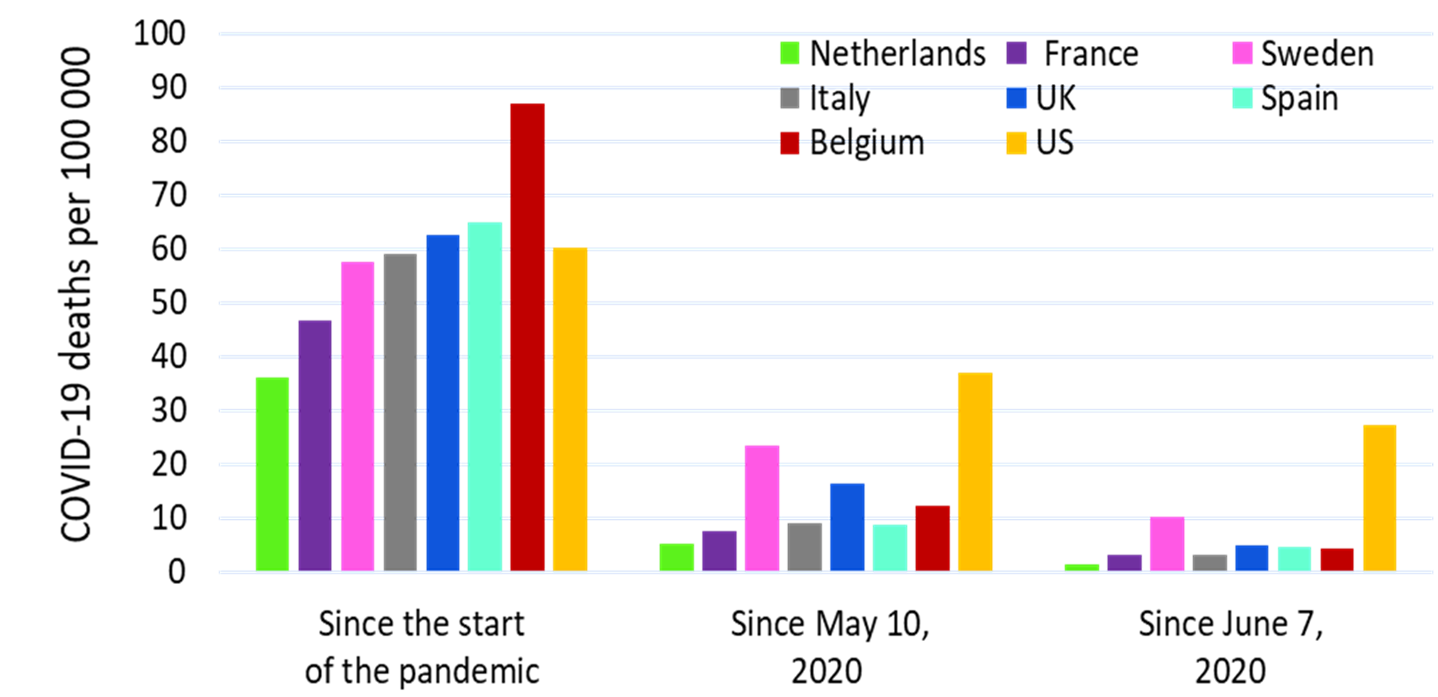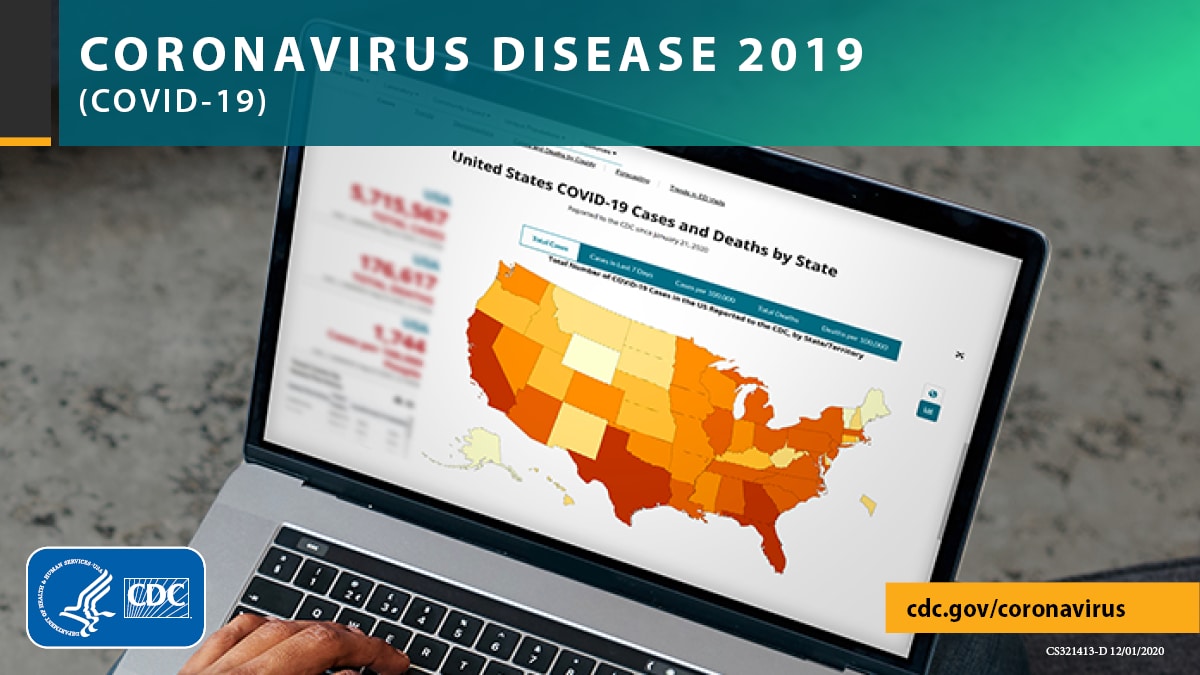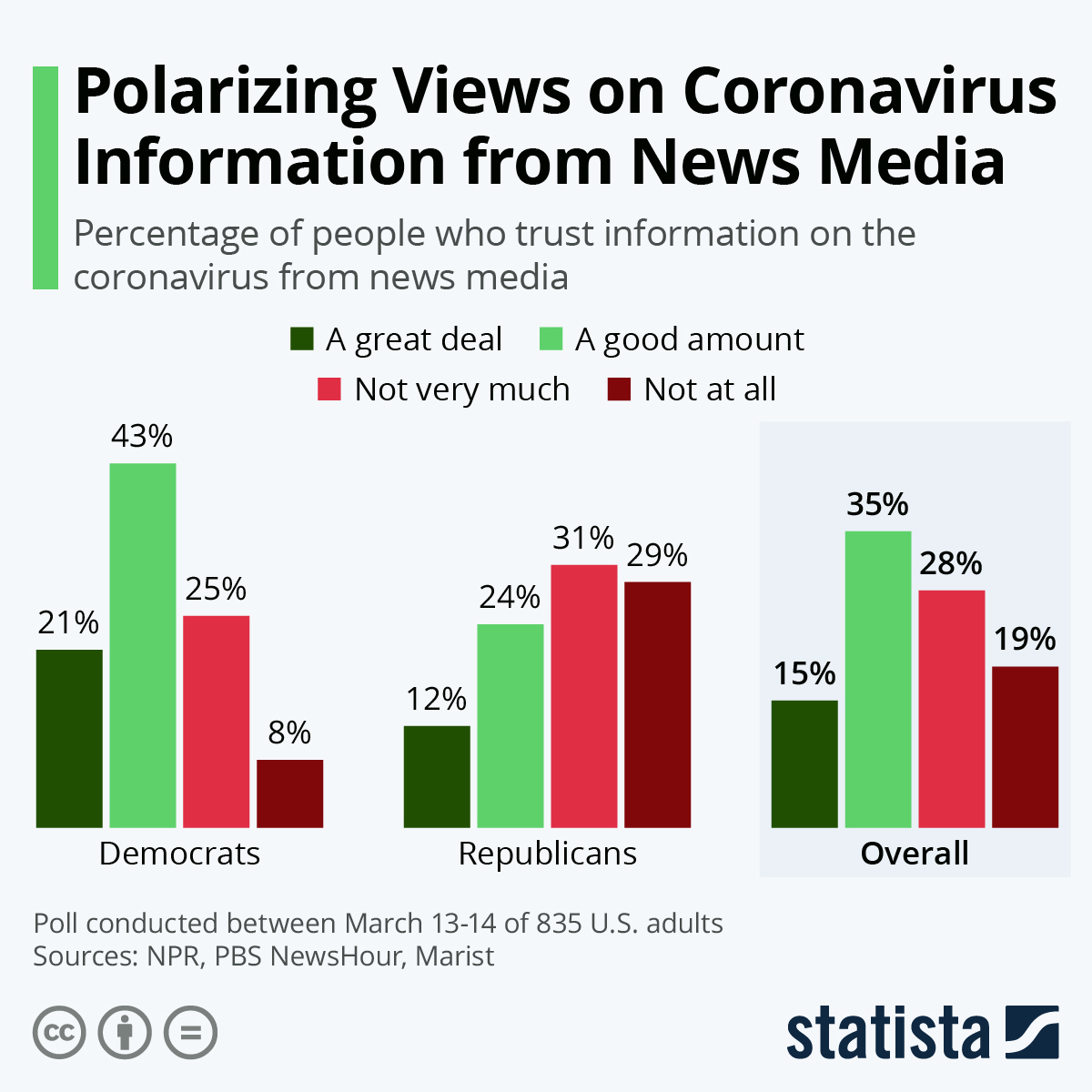

A suspected case is someone who shows clinical signs and symptoms of having COVID-19, but has not been laboratory-tested. Archived data is still available, and the Centers for Disease Control and Prevention continues to. This includes Cases and Deaths from COVID-19 and COVID-19 Vaccinations. As we focus on data that gives the most accurate picture of COVID in NC, some COVID-19 dashboards are no longer being updated. Please contact your healthcare provider for advice on how long to isolate. Due to the expiration of the federal Public Health Emergency declaration in May, much of the remaining COVID-19 case data is no longer required to be reported to the Department of Health, making the case data less relevant for disease tracking purposes. Cases of COVID-19 as with other diseases are broadly defined under a three-level system: suspected, probable and confirmed cases. North Carolina’s COVID-19 tracking is changing. If you have a severe case, are hospitalized or are severely immunocompromised please follow the recommendations above, avoid contact with high-risk people and mask for 10-20 days. Mask when you are around other people in the 10 days after you become sick or test positive.Avoid contact with high-risk individuals like people who live in congregate care facilities or people with with immunocompromising conditions for 10 days.Stay home until you have not had a fever for 24 hrs without using fever reducing medication and other COVID-19 symptoms are improving. COVID-19 testing, vaccinations, boosters and information: 85(Mon-Fri, 8 a.m.5 p.m.).However, you should be aware that you can get others sick. If you are infected with COVID-19 you do not need to isolate for a set number of days. If You Test Positive It is not necessary for you to report your positive test result to OHA.
#Covid stats license
Other License and Certificate Related Topics.


Other Program and Service Related Topics.The entire national case definition can be found at: Īll numbers displayed are provisional and will change. **Criteria to Distinguish a New Case from an Existing Case – New confirmed or probable cases will be enumerated if SARS-CoV-2 sequencing results from a new positive specimen and a positive specimen from the most recent previous case demonstrate a different lineage OR if the person was most recently counted as a confirmed or probable case with onset date (if available) or first positive specimen collection date for that classification more than 90 days prior. These changes will apply only to cases with new positive test results on or after September 1, 2021. Therefore, total case counts no longer represent unique individuals as those individuals meeting the new criteria** may be counted more than once. As part of this case definition, IDPH began including in its total case counts individuals who previously were reported as a confirmed or probable case, but have become infected again. Monitoring data on the percent of Virginians who have been vaccinated provides information on. The total doses administered represents the total doses administered to individuals in Virginia. On September 1, 2021, IDPH adopted the updated 2021 COVID-19 national case definition. Being up to date with the COVID-19 vaccine is the best way to protect people from serious illness, hospitalization and death from COVID-19.


 0 kommentar(er)
0 kommentar(er)
